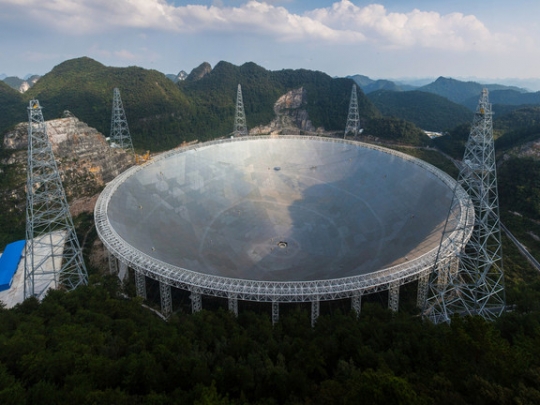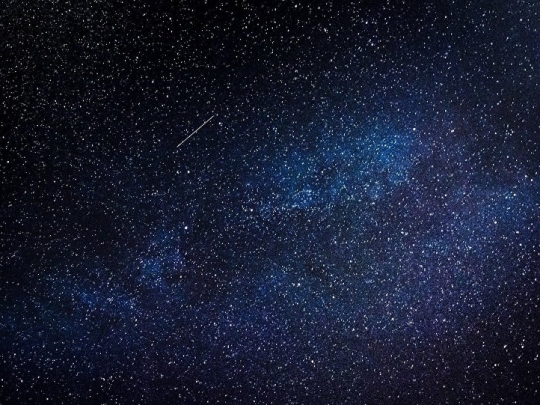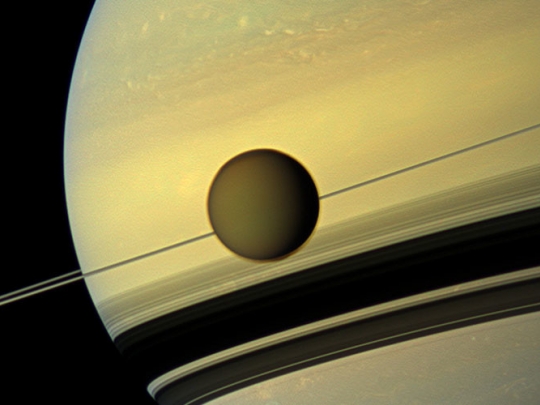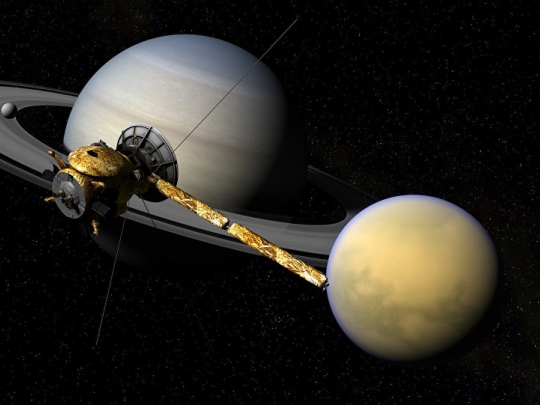NASA to hunt for alien life on Titan with nuclear-powered drone (VIDEO)
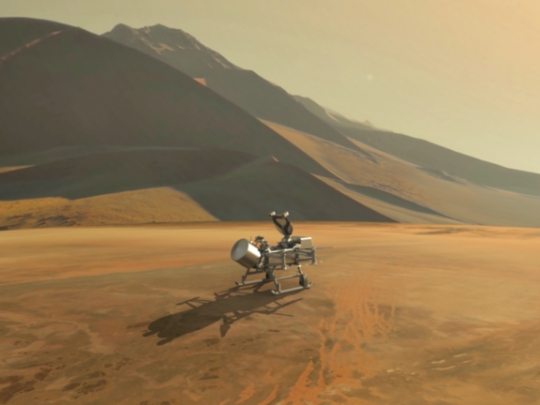
NASA has revealed plans to return to Saturn’s largest moon, Titan, with the nuclear-powered quadcopter drone-lander Dragonfly. The craft could begin its billion-kilometer journey to search for life as soon as 2034.
Dragonfly is the latest venture from NASA’s competitive New Frontiers Program which explores how chemistry gave birth to biology across the universe. The drone will travel to multiple locations on the moon to search for signs of microbial alien life, navigating Titan’s Earth-like gravity and aerodynamics in the process.
BIG NEWS: The next @NASASolarSystem mission is… #Dragonfly – a rotorcraft lander mission to Saturn’s largest moon Titan. This ocean world is the only moon in our solar system with a dense atmosphere & we’re so excited to see what Dragonfly discovers: https://t.co/whePqbuGBq pic.twitter.com/BQdMhSZfgP
— Jim Bridenstine (@JimBridenstine) June 27, 2019
Titan mimics conditions as they were on Earth four billion years ago and could yield major answers to questions about the origins of life here on our home planet and elsewhere in the universe.
The moon boasts a hydrocarbon-heavy landscape comprised mainly of liquid methane and ethane in the form of “waterways” and “sand dunes” with a surface of thick frozen water beneath which lies a liquid water reservoir with roughly the same temperature as the depths of the Pacific Ocean.
“We know Titan has all of the ingredients necessary for life. How far does chemistry get in an environment that has all of the ingredients sitting there?” Dragonfly’s principal investigator, Elizabeth Turtle, a planetary scientist at the Johns Hopkins University Applied Physics Laboratory (APL), told Scientific American.
“Titan has been doing chemistry experiments for hundreds of millions, if not billions, of years. And what we want to do is go pick up the results of those experiments.”
Titan was last explored in 2017 by the Cassini-Huygens mission, which ended when the craft plunged into Saturn’s heart after two decades exploring the solar system.
- Source : RT




